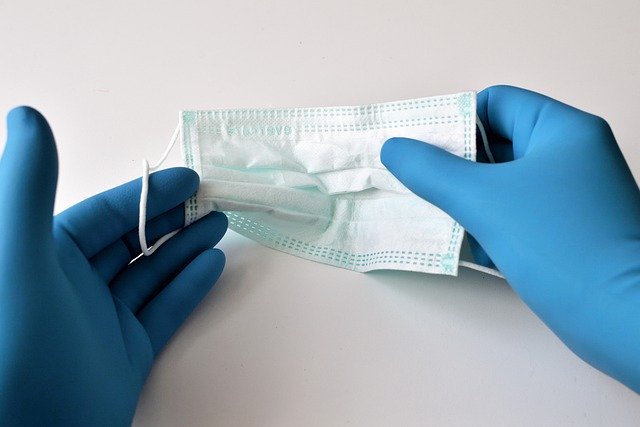
Post by Kim Yu, MD, FAAFP
We are about nine weeks into this COVID-19 pandemic. In my role as regional medical director in Aledade, overseeing two ACOs in California comprised of 30 independent primary care practices in total, I have been struck by the myriad of complexities and change that has occurred in such a short amount of time. Since late February, many family physicians around the country have faced tremendous challenges, both in their practices, and in their personal lives. From clinical management of a novel pandemic viral infection, declining practice volumes, figuring out PPE needs, keeping both themselves and staff healthy, finding office supplies like hand sanitizer or paper towels, to managing childcare, homeschooling and financial concerns, loans and more, family physicians are navigating a sea change of waves that threaten to break even the most hardy of physicians. We set out to listen to our practices, to hear their concerns.
When this pandemic began, Aledade conducted a survey of our ACO practices in California and around the country and found that initially, they were concerned with shortage of PPE, lack of good public information, public panicking, patients cancelling appointments, offices being closed due to COVID exposure and spread of disease. However, this was quickly overtaken by an increased concern about practice finances. (1)
This reflects findings from the Larry Green Center and Primary Care Collaborative, who have been conducting weekly surveys nationally to 2,774 primary care clinicians around the country. In last week’s survey (week 9), these were some of their national findings (2):
Nationally, and even internationally, there is a concern about a lack of PPE. The current infrastructure for obtaining PPE does not appear to be in any way more secure than eight weeks ago. Many practices are still struggling to find PPE, and for small independent practices it is difficult as most distributors are prioritizing larger health care systems and hospitals first, leaving many without essential PPE to be able to care for patients. Aledade procured over 37,216 pieces of PPE for our partner practices in California, and yet we know that these supplies will only last a short while, despite many reusing PPE that were meant for single use only.
As for testing, despite the increase in the different types of serology tests that may be available, most practices only have limited testing kits. Those that do have test kits generally have varying amounts of viral test kit media or swabs for the molecular PCR test, and few have access to serology tests. With the IgG/IgM tests not being accurate enough, high false positive rates in low prevalence areas, and testing positive for more than just COVID-19 because of cross reacting with multiple coronaviruses, test interpretation has proved difficult even if physicians have access to these newer serology tests.
As communities, counties and states start deciding about ending lock down, and the pathways towards opening up during this pandemic, what is our response as family physicians, especially those in independent primary care? What role will we play in assuring that communities may have access to testing, contact tracing and treatment and possibly post COVID care?
I heard a family physician this past week share how she heard about one of her patients who upon diagnosis of COVID-19, was discharged from a hospital and sent to a hotel, without the right medications. It was this very same family physician who, upon hearing that her patient didn’t have medications, went and picked up those medications and brought them to her patient. She said, “That’s what we do, we don’t abandon our patients. We do the right thing, at the right time.” A true story of one frontline family physician, but one of many who are the heroes and sheroes in this COVID-19 pandemic. The real COVID care champions.
It would be naïve to think that things will go back to where we were, a time when our waiting rooms were full, when we wore masks only while doing a procedure, and when we saw patients mainly in our practices. Like the passing of paper charts to EHRs, will we, post COVID, continue to see telehealth patients? Will virtual health flourish? Or will we harken back to time spent with patients, hi-touch and hi-tech, a smile that can be seen and not hidden, and primary care delivered by front line physicians, healing, as they always have, and always will.
For our patients, I believe we will remember our north star, our calling and continue to care holistically and comprehensively, whether virtually or in person, navigating the changes through which this pandemic has brought us, but always remembering our core mission, to care for all of our patients, no matter what.
It is vital though to also reserve time to take care of ourselves, to rest, to reflect, to remember those we have lost, and to renew and recharge for the coming months ahead. Thank you to all of you, for all that you are doing, during these truly historic times.
References: